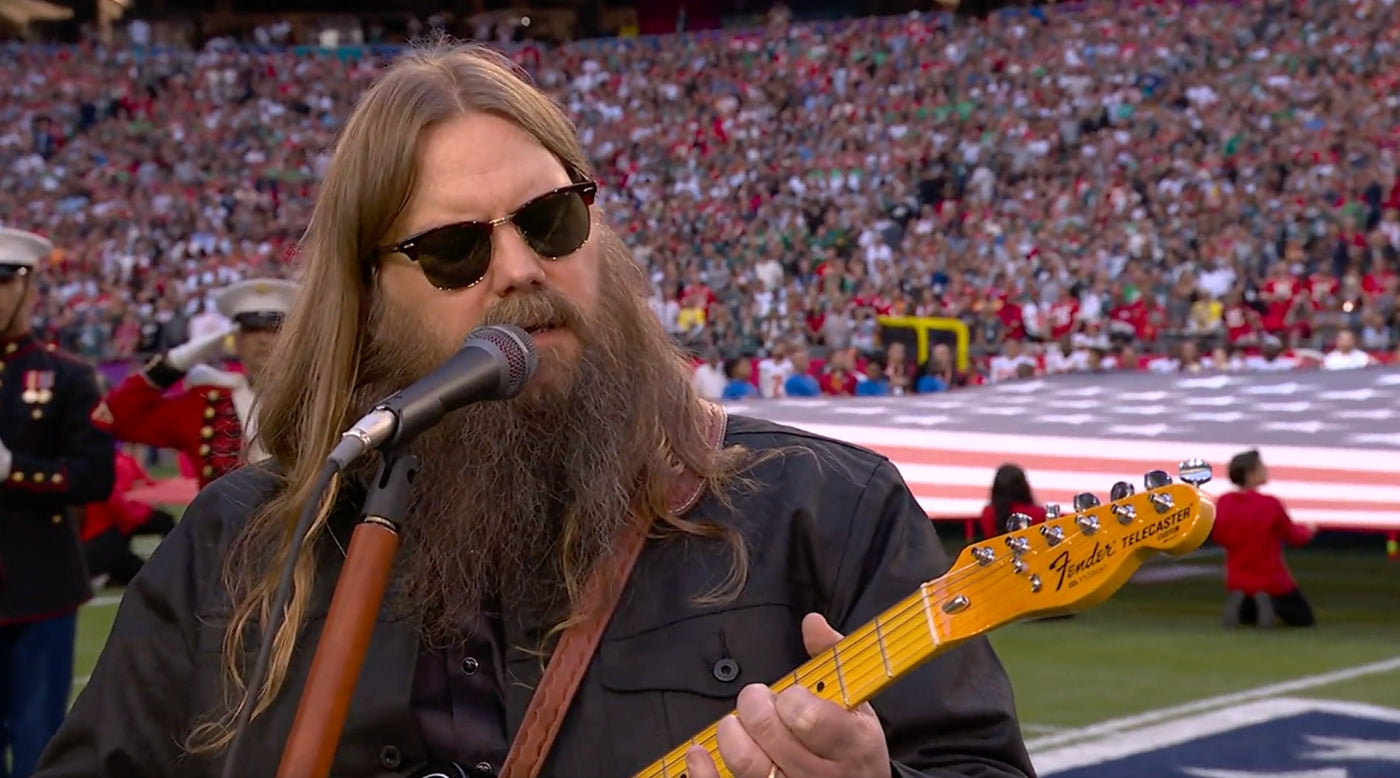The Star-Spangled Banner

“Can you write an article about The Star-Spangled Banner?”
Certainly! I may be Canadian, but like most Canucks who watch any number of sports (from hockey to baseball, to the Superbowl, to insert other major sports events here), we are quite familiar with the United States anthem. It’s just one of the ways that US culture (sports, music, movies, television, food culture, etc.) has become a part of our lives through being your neighbour to the North (as much as Neil Young, Joni Mitchell, Dan Levy and James Cameron have become part of yours).
Please, keep Justin Bieber as a token of our appreciation. We’ll even throw in Céline Dion for good measure.
(Apologies to fans of both, but it was an easy pitch over home plate. Also, an apology this early? How Canadian of me...)
Yet, I digress, we’re here to talk about music! So, let’s talk about The Star Spangled Banner!
A Brief History
The United States national anthem is a mash-up of two different sources. The lyrics themselves came from the poem Defense of Fort M’Henry, written and published in 1814 by Francis Scott Key. The poem itself contains four stanzas, the first one being the commonly-sung lyrics to The Star-Spangled Banner. Key’s words reflected what he saw during the bombardment of Fort McHenry, including a large flag flying above the Fort following the U.S. victory. That flag, as well as much of the action he saw, inspired the imagery found in the lyrics.
The words to the poem happened to fit the melody of The Anacreontic Song, written by English composer John Stafford Smith. This tune was used for several patriotic songs, both English and American, including the one set to Key’s text. The song was first published in a couple of papers in September 1814 and quickly grew in popularity. It was sung at all manner of events and gatherings until it was officially adopted as the United States National Anthem in September of September 1931 by President Herbert Hoover.
Notable Versions - Chris Stapleton at Super Bowl LVII
To sing the anthem is considered a great, yet daunting honour for many performers. The Super Bowl, with one of the largest TV audiences out there, is arguably the most daunting for that very reason. Several country stars, from The Chicks to Eric Church, have had the honour, with the most recent (as of this writing) being Chris Stapleton.
Fresh off his November 2022 wins at the CMA Awards, Stapleton sang the anthem with so much soul it had players and fans in tears. There was no flash, no flare, no exaggerated lines. It was just him, his Telecaster and everybody’s attention. Minimalism to maximum effect.
José Feliciano at the 1968 World Series
Some performances of the Anthem stir up controversy (Roseanne Barr, I’m looking at you!) However, if you’ve enjoyed more “popular renditions” of the Anthem, you need to thank José Feliciano.
Feliciano was invited to perform the anthem at Game 5 of the 1968 World Series between the Detroit Tigers and the St. Louis Cardinals. Rather than playing a more “proper” version, he performed a version in the Latin jazz style that he was known for (a real first for the Anthem, since every performance before that was more “traditional”, for lack of a better term). Many were outraged, claiming that he desecrated the song, though he claimed that he did it so people will pay attention. His career didn’t suffer long, as he released Feliz Navidad in 1970, forever giving us an earworm for Christmas.
Steve Vai - MTV’s 1990 Rock N’ Jock Diamond Derby
This is a guitar-centric site, and if you’ll allow me, I would like to finish with one of my favourite takes on The Star-Spangled Banner. When I was young, my family had the good fortune of satellite TV (as in the eight-foot monstrosity in our backyard that got probably 24 channels before the dish had to physically realign to maybe get another 24 from a different satellite.) That meant that this Canadian boy had access to channels that no one else had, including MTV.
When I tuned in to the first MTV Rock N’ Jock Diamond Derby in 1990, the National Anthem was performed by none other than Steve Vai, who went full-on Passion and Warfare in his performance. It was heavy, it was quirky, and it was everything that made Vai Vai. It certainly left an impression and made me constantly question “How did he do that?! And that?!!” Unorthodox? Certainly! Memorable? You better believe it!
Happy Fourth of July to all!
By Kevin Daoust - instagram.com/kevindaoust.gtr
Kevin Daoust is a guitarist, guitar educator and writer based in Gatineau, Quebec, Canada. When not tracking guitars for artists around the world, or writing music-related articles around the internet, he can be seen on stage with Accordion-Funk legends Hey, Wow, the acoustic duo Chanté et Kev, as well as a hired gun guitarist around Quebec and Ontario. He holds a Bachelor of Music in Guitar Performance from Carleton University in Ottawa, Ontario, Canada.





















